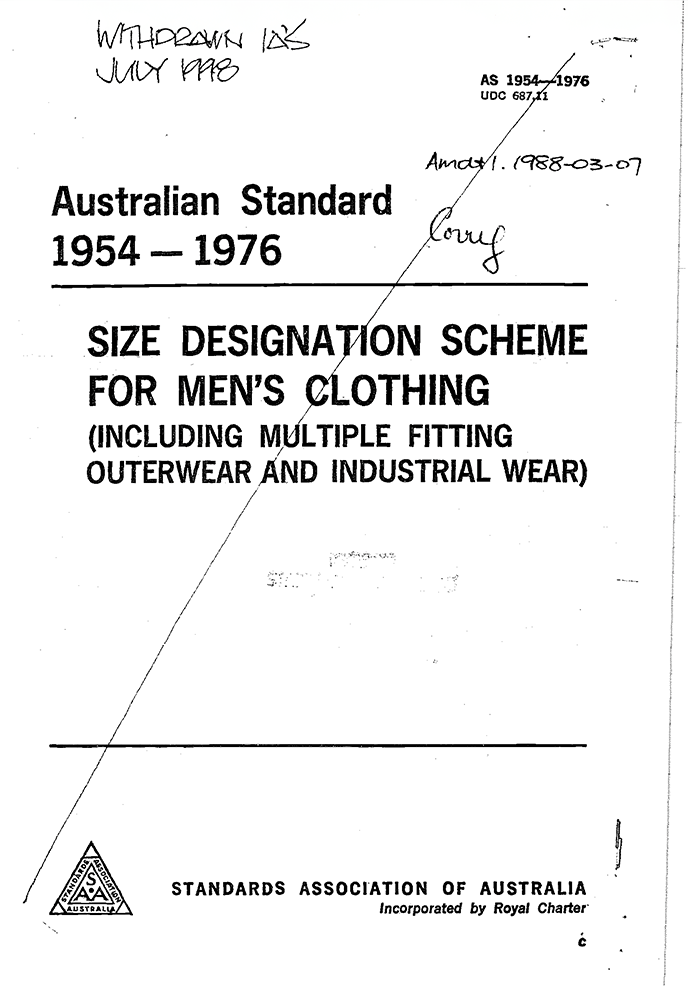For hunters, success hinges not just on skill and preparation, but also on wearing the perfect clothes. Ever stalked a wild animal, heart pounding, only to be hindered by ill-fitting hunting clothes? Finding the right fit for hunting apparel, with its specific demands for comfort, layering, and movement, can be a daunting task. Especially when navigating the inconsistencies across brands. This article delves into the history of clothing size standards, exploring how modern systems evolved and analysing the factors contributing to the current confusion in hunting apparel sizing. Armed with this perspective and a deeper understanding of the challenges, you’ll be better equipped to find garments that optimise your performance and success in the field.
The pre-standardisation era
Before standardised sizes, garments were meticulously crafted by artisans like tailors and drapers to each person’s measurements. Imagine Roman senators sporting togas perfectly tailored for comfort and dignity, a far cry from generic labels. Empires like those of Egypt and Rome relied heavily on this bespoke approach, with social status often dictating attire. Standardised patterns or sizes might have existed within these categories, but the concept of modern size labels was absent. Each garment was unique, an expression of the wearer’s individual needs and form.
The dawn of sizing standardisation
Mass mobilisation during the Napoleonic Wars (1803-1815) sparked a shift. But equipping vast armies with uniforms that fit diverse bodies proved tricky. Relying solely on chest measurements, this system proved inadequate. Failing to account for individual variations in height, arm length, and overall body shape. Soldiers struggled in ill-fitting uniforms, impacting both comfort and performance. The limitations became painfully clear, highlighting the need for a more nuanced approach. The experience of these vast armies laid the groundwork for future advancements in sizing systems.

The American Civil War (1861-1865) further propelled the standardisation of clothing sizes. Armies on both sides ballooned, demanding efficient uniform production. Building on the lessons from the Napoleonic wars, manufacturers introduced a more nuanced system incorporating measurements beyond chest circumference. While this offered some flexibility and marked the first steps towards modern standards, the focus remained primarily on upper body dimensions, neglecting the complexities of individual body shapes. This reliance on limited measurements, combined with the ongoing need for tailors to adapt garments, highlighted the need for further advancements in sizing systems.
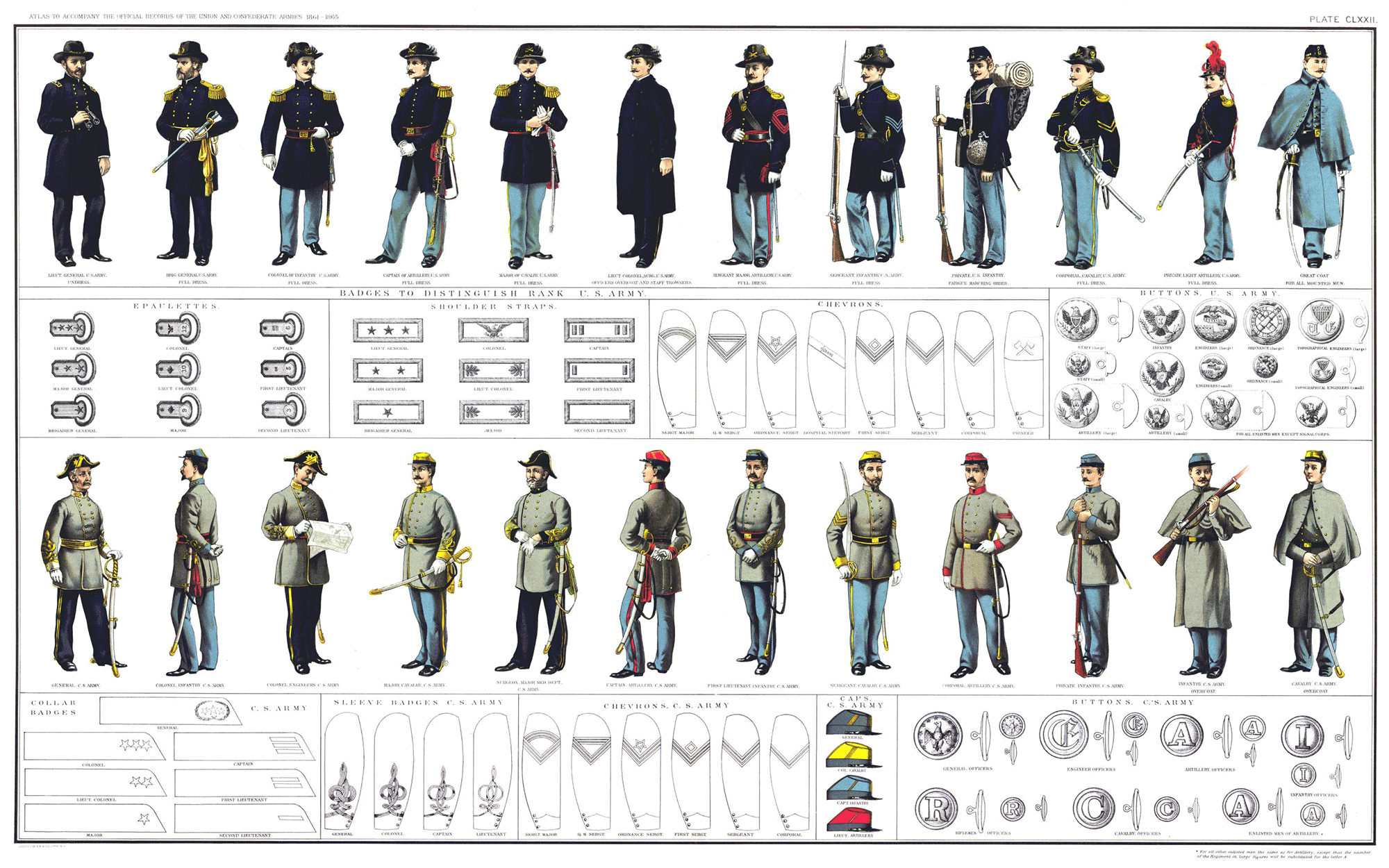
The introduction of size labels
Emerging from the ashes of the American Civil War, standardised clothing sizes embarked on a long and often winding journey towards the complex systems we encounter today. The initial system, born from the necessity of equipping vast armies, relied solely on basic measurements – a significant improvement over the pre-war era of bespoke garments but far from perfect. These rudimentary classifications proved inadequate, neglecting the diverse complexities of human morphology. It was during this transitional period that size labels, as we recognise them, began to be incorporated.
The exact timeline for the adoption of size labels varies depending on location and industry. In the United States, standardised size labels for ready-to-wear clothing gained traction during the late 19th and early 20th centuries, driven by mass production and the rise of department stores. The initial system primarily focused on chest and waist measurements, offering limited guidance for specific body shapes. By the 1930s, alpha sizing (S, M, L, etc.) began to appear alongside numerical designations, marking a further step towards a more nuanced approach.

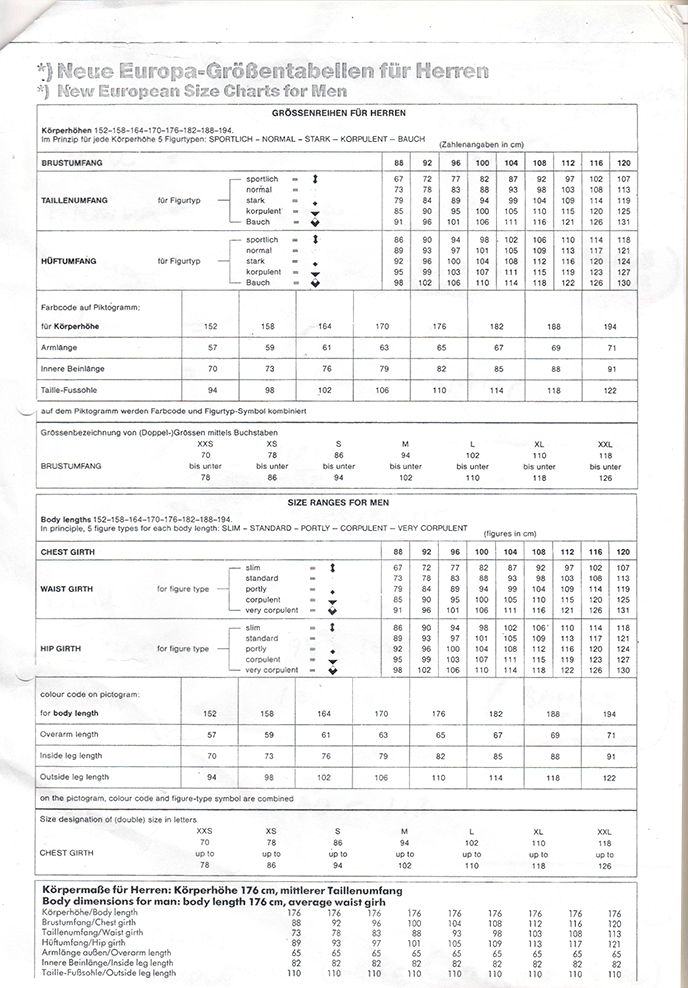
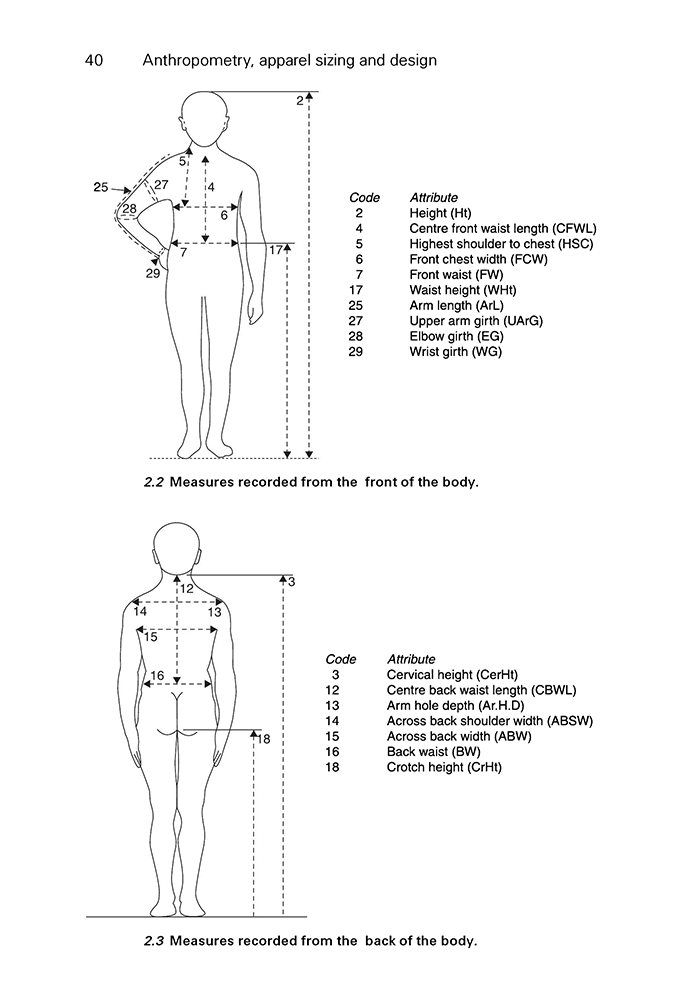
Across the Pacific, Australia’s journey mirrored that of the United States, albeit with a slight time lag. While bespoke tailoring remained dominant until the early 20th century, standardised sizing systems gradually gained ground, fueled by similar factors of industrialization and consumers’ demands. Interestingly, Australia initially adopted its own distinct sizing system, catering to the specific needs of the local population. However, by the mid-20th century, international standards had been largely adopted, aligning with the global shift towards unified sizing systems.
This story of size labels doesn’t end there. Europe, with its rich and diverse tailoring traditions, also witnessed a similar shift towards standardisation. While regional variations persisted, countries like France and Britain adopted international sizing standards with subtle modifications reflecting local preferences. By the mid-20th century, the seeds sown during the Industrial Revolution had blossomed into a global system of clothing sizes, albeit with regional variations. Despite the progress towards standardisation, challenges still persisted…
Sizing without standards
While the evolution of size labels has undoubtedly improved garment accessibility and affordability, navigating the modern sizing landscape can be a frustrating and confusing experience for hunters and consumers alike. One major contributor to the confusion is the lack of a true global standard for clothing sizes. While regional and international standards exist, variations and deviations remain widespread. Take the European Union, for example, where a size labelling system operates, but individual member states can implement specific modifications.
Similarly, the United States lacks a federal law mandating a standardised clothing size system. While industry associations offer recommendations, their guidelines are not enforceable, leaving individual manufacturers with considerable leeway in determining their sizing charts. This lack of consistency across brands creates a confusing situation for consumers, where a size “medium” from one brand might fit significantly differently than a “medium” from another.
Adding to the global complexity is the case of Australia. Interestingly, Australia officially withdrew its national standard for men’s clothing sizes (AS 1954-1976) in 1998. While various size charts and guidelines exist, they serve as recommendations rather than enforceable regulations. This lack of standardisation adds another layer of complexity for Australian hunters, who must contend with diverse sizing practices across both domestic and international brands.
Given the challenges of non-standardised sizing, shopping online can be difficult. But the uncertainty doesn’t end there…
Clothing brand sizing complications
While size labels have undoubtedly improved garment accessibility. Navigating the modern sizing landscape can be a frustrating and confusing experience for hunters and consumers alike. This is largely due to inconsistencies within and across brands, even when they use the same size label. Brands can implement size standards differently, and their grading rules – the way a garment’s size increases proportionally – can vary significantly. For example, a brand’s grading rules might add 4cm (1.6”) to the chest measurement for each size increase. However, another brand might use different increments, resulting in garments with wildly different fits even though they share the same size label. This inconsistency creates a frustrating guessing game for consumers. They must try on numerous garments across different brands to find the best fit.
Inconsistent brand interpretations of sizing can further complicate an already messy situation. This not only includes variations in grading rules, as mentioned previously, but also the practice of vanity sizing. In an effort to appeal to consumers’ desire to wear a smaller size, brands might assign smaller labels to garments than their actual measurements. This, combined with differing interpretations of fit (e.g., looser or slimmer), creates a confusing situation where size labels offer little guarantee of actual fit.
These factors can easily lead to purchasing the wrong sized hunting clothes, resulting in frustrating returns and exchanges. Imagine the wasted time, shipping costs, and the annoyance of not having the right gear ready for your upcoming hunt. Worse yet, ill-fitting clothes can restrict movement, cause discomfort, and ultimately hinder your performance in the field. Fortunately, there’s a better way to avoid these sizing mishaps and ensure you have the perfect gear for your next adventure…
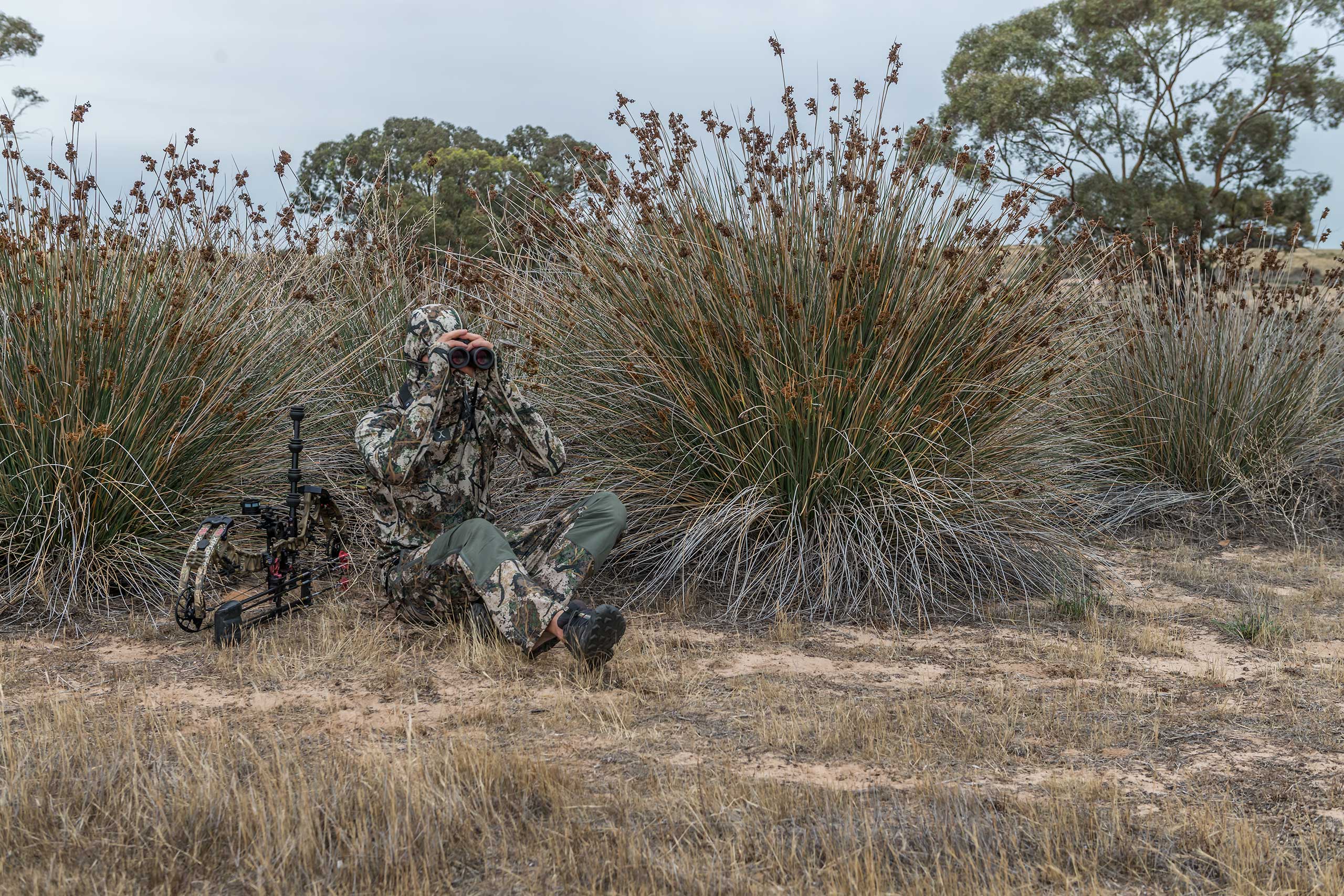
Hunting for the right fit
Don’t let your clothes be your downfall
The personalised fit for hunting clothes sizing
Finding the right clothing size can feel like an impossible task, but innovative tools are emerging to simplify the process and guide you towards the perfect fit. Recognizing the limitations of standardised size charts and the complexities of individual body shapes, TUSX has developed an interactive online sizing calculator. This user-friendly tool empowers you to navigate the sizing jungle with confidence.
Instead of relying on generic labels that often offer inconsistent fits, the calculator takes a personalised approach. By asking a series of simple questions about your body measurements and preferred fit (Looser, Regular, or Tighter), it gathers key details that traditional size labels often overlook. This information then fuels a personalised size recommendation, tailored specifically to your unique body type.
Imagine saying goodbye to the frustration of trying on multiple sizes across different brands. With our online sizing calculator, you can confidently select garments that are optimised to perform in the field. All from the convenience of your own home.
The TUSX sizing calculator represents a significant step towards a future where buying hunting clothes is less about deciphering labels and more about finding garments that truly fit. This innovative solution empowers you to take control of your shopping experience and discover garments that perfectly enhance your comfort and performance.
So, instead of wasting time and money on ill-fitting hunting clothes, skip the frustrating guessing game and take control of your shopping experience with the TUSX online sizing calculator. Try it today and discover garments that truly fit, optimise your performance, and empower you to focus on what matters most – the thrill of the hunt.

